Dong Thap Restoring the sandbank, conserving biodiversity, preventing forest fires, managing water... are solutions for Tram Chim to attract red-crowned cranes to return.
Located 150 km from Ho Chi Minh City, Tram Chim National Park in Tam Nong district, covers nearly 7,400 hectares, with the last remaining wetland ecosystem of the Dong Thap Muoi region. After many years of absence, on March 7, four red-crowned cranes returned to the park for about 30 minutes, flying in the 60-hectare A5 subdivision.
"It's been a long time since they've returned here, even though it was a familiar feeding ground before," said Mr. Doan Van Nhanh, Deputy Director of Tram Chim National Park Conservation Center. He said that normally after the "preparatory" trip, the cranes will forage along the rice fields around here for 7-10 days, then return to the garden to stay until the end of the dry season.
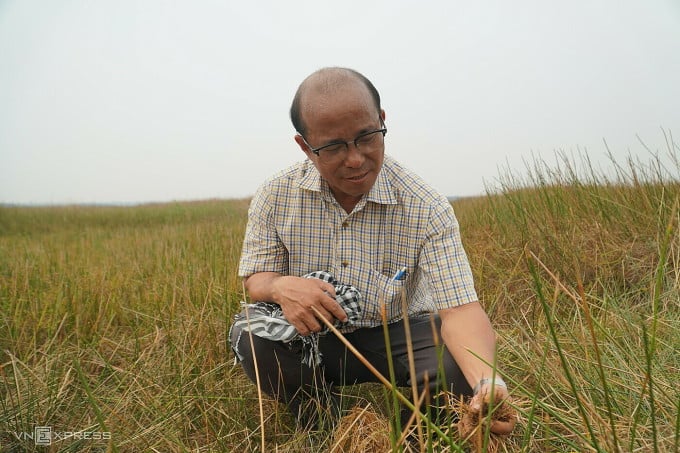
Mr. Doan Van Nhanh checks water chestnuts in area A5. Photo: Ngoc Tai
According to Mr. Nhanh, the return of the cranes came after a series of solutions that the garden implemented to attract the rare bird species. Specifically, after the garden actively burned the grass, the water fern - a favorite food of the cranes, revived, forming tubers as big as chopsticks.
"Nang kim is very important to the Tram Chim ecosystem because in the dry season, only this plant species thrives, and underneath there are many species of insects that are food for storks," said Mr. Nhanh.
The Tram Chim Garden Management Board also had staff use plows to turn the soil, creating 40-60 m wide furrows, isolating the grassy areas to prepare for burning. Up to now, the garden has actively burned 260 hectares of grassland, and plans to burn another 60 hectares. Due to being submerged in water for many years, the layer of vegetation underneath is 70-100 cm thick, making it impossible for many species of insects to reproduce, and the fish population has also decreased due to lack of food.
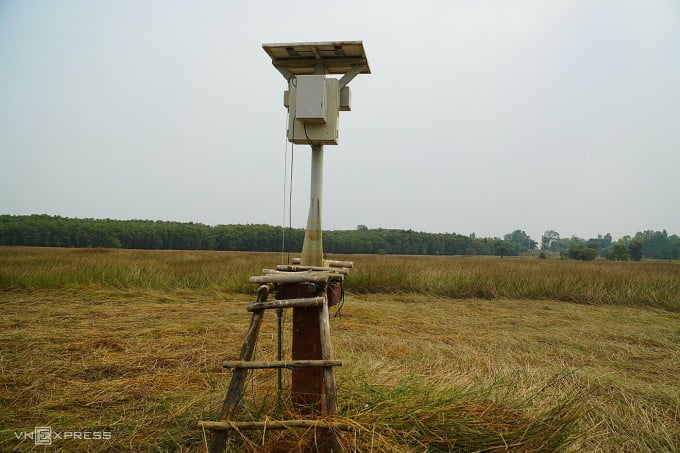
Environmental monitoring equipment at subdivision A5. Photo: Ngoc Tai
In the near future, the garden will also create some feeding grounds for the cranes, including open areas with not too tall grass. Because by nature, cranes are alert and like to seek out places with wide observation areas. The cranes will send one crane to keep watch while the whole flock searches for food. The whole flock will only leave when all members have found enough food.
In addition, Tram Chim has deployed technology to help prevent fires, collect data, and monitor bird and stork flock movements, especially rare species. Specifically, 5 soil, water, and air monitoring stations collect temperature, humidity, and pH indicators, and automatically alert (send text messages) when a fire is detected.
Dr. Duong Van Ni, Can Tho University, said that the above changes to Tram Chim will attract the annual migratory cranes to return. It is worth noting that these solutions were implemented at the right time, thereby helping the old cranes that have come to the garden to keep the migration map in their minds, leading the newly grown ones back to Vietnam.
"If it's later, I'm afraid the garden's ecosystem will recover and the cranes won't know their way back," said Mr. Ni.
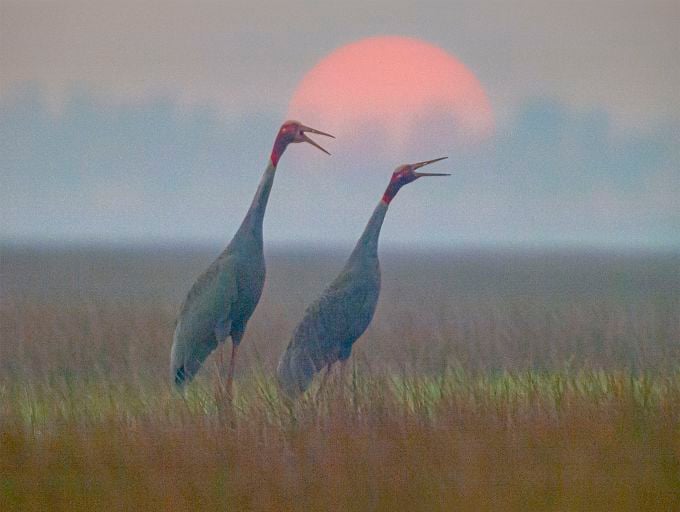
Cranes in Tram Chim National Park in 2015. Photo: Tang A Pau
Dr. Tran Triet, Director of the Southeast Asian Crane Conservation Program, said that the Indochinese red-crowned cranes are small in number and are declining rapidly. Dong Thap province's conservation of the Tram Chim ecosystem and the restoration of the cranes demonstrates Vietnam's commitment to implementing the Convention on Biological Diversity.
"It is not by chance that Tram Chim was recognized as the world 's 2,000th Ramsar site. This number was pre-arranged and reserved for an area with an important ecosystem in the world," said Dr. Triet.
The red-crowned crane is a rare bird listed in the Vietnam and world red books. Its distinctive features include a red, featherless head and neck, grey stripes on the wings and tail. Adults are 1.5-1.8 m tall, with a wingspan of 2.2-2.5 m, and weigh 8-10 kg. Three-year-old cranes will pair up to breed and spend a year raising their young before giving birth to the next brood.
Late last year, Dong Thap approved a project to conserve the crane flock with a total investment of 185 billion VND, to be implemented in 10 years. According to the plan, the province will receive 60 pairs of cranes from Thailand and then raise an additional flock of 40 cranes. After care and training, they will be released into the wild at Tram Chim.
Four red-crowned cranes fly to Tram Chim National Park on March 7. Video: Provided by Tram Chim National Park
Ngoc Tai
Source link








![[Photo] Binh Trieu 1 Bridge has been completed, raised by 1.1m, and will open to traffic at the end of November.](https://vphoto.vietnam.vn/thumb/1200x675/vietnam/resource/IMAGE/2025/10/2/a6549e2a3b5848a1ba76a1ded6141fae)










































































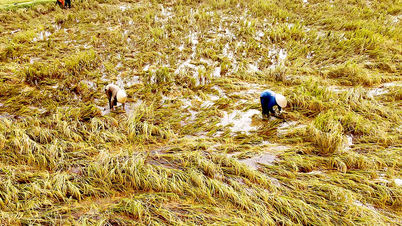
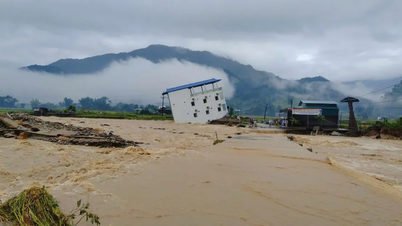
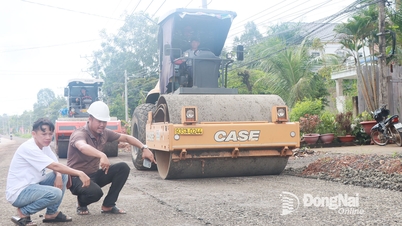

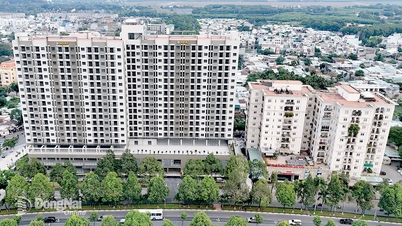
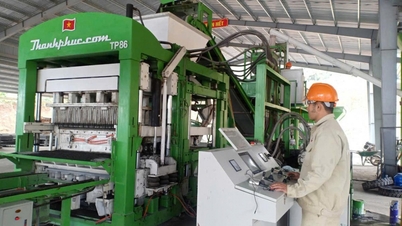













Comment (0)